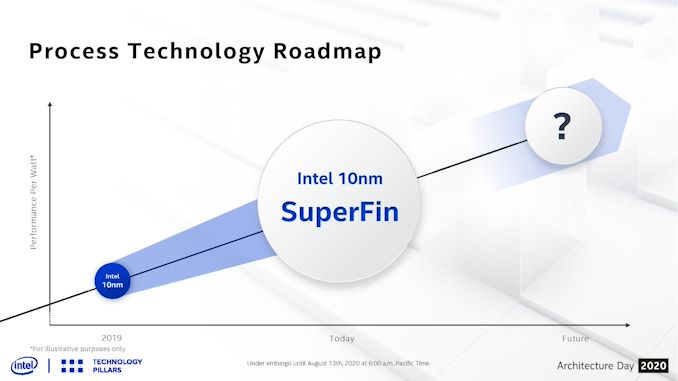The reason why I’m writing about this topic is because it is all a bit of a mess. Intel is a company so large, with many different business units each with its own engineers and internal marketing personnel/product managers, that a single change made by the HQ team takes time to filter down to the other PR teams, but also filter back through the engineers, some of which make press-facing appearances. That’s before any discussions as to whether the change is seen as positive or negative by those affected.
I reached out to Intel to get their official decoder ring for the 10++ to new SuperFin naming. The official response I received was in itself confusing, and the marketing person I speak to wasn’t decoding from the first 2018 naming change, but from the original pre-2017 naming scheme. Between my contacts and I we spoke over the phone so I could hear what they wanted to tell me and so I could tell them what I felt were the reasons for the changes. Some of the explanations I made (such as Intel not wanting to acknowledge Ice Lake 10nm is different to Cannon Lake 10nm, or that Ice Lake 10nm is called that way to hide the fact that Cannon Lake 10nm didn’t work) were understandably left with a no comment.
However, I now have an official decoder ring for you, to act as a reference for both users and Intel’s own engineers alike.









